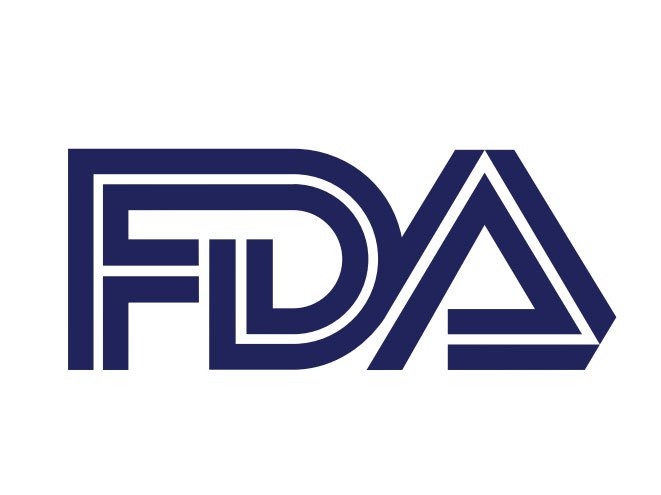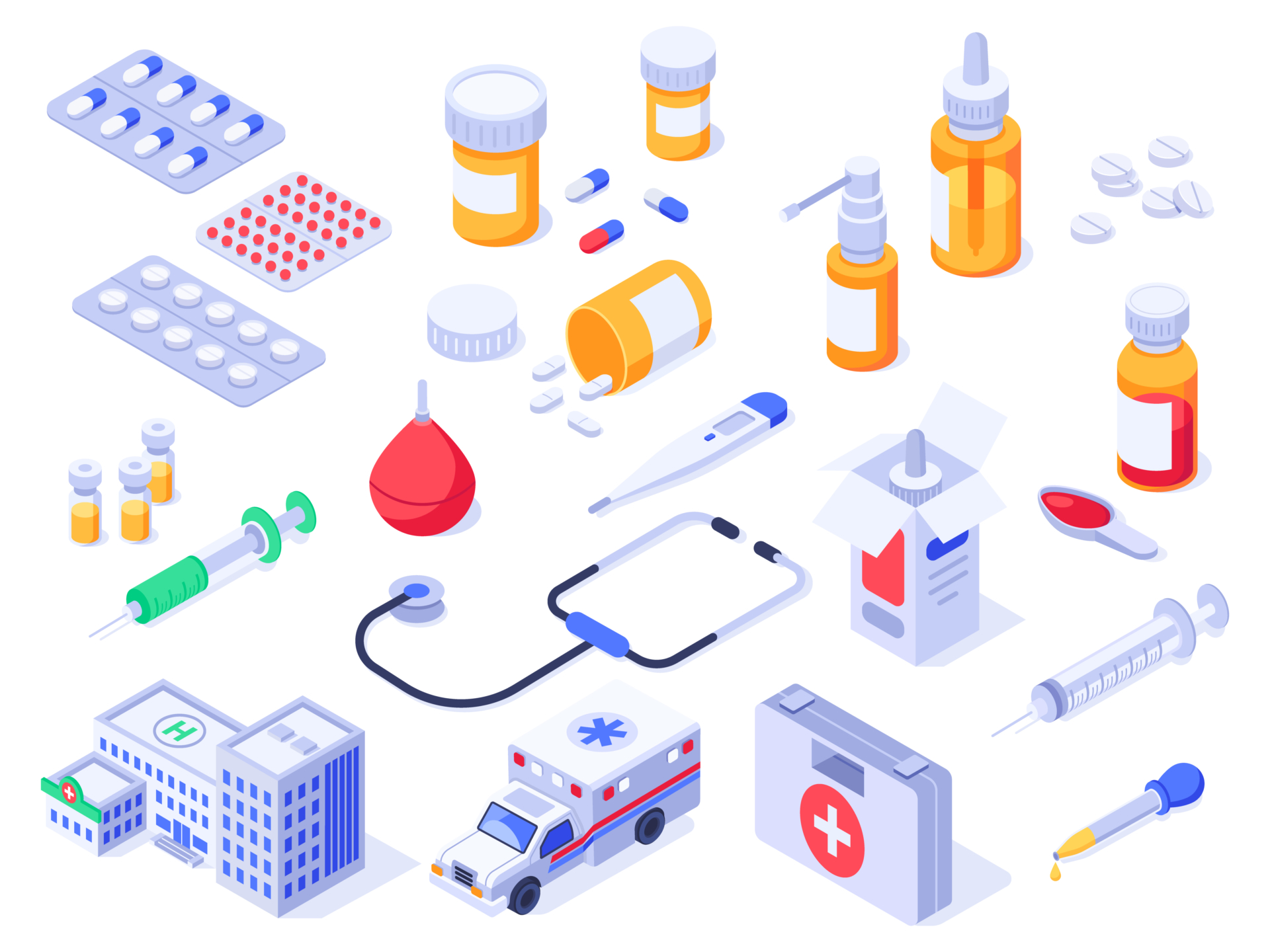The article provides an overview of the regulatory policy for low-risk medical devices.

Table of Contents
The Food and Drug Administration (FDA or the Agency), the US regulating authority in the sphere of healthcare products, has published a guidance document dedicated to the regulatory policy for low-risk medical devices intended to be marketed and used in the country. The document provides an overview of the existing regulatory framework, as well as recommendations to be considered to ensure compliance thereto. At the same time, provisions of the guidance are non-binding in their legal nature, nor are intended to introduce new rules or impose new obligations. Moreover, an alternative approach could be applied, provided such an approach is in line with the underlying legislation and has been agreed with the authority in advance.
Regulatory Background
By virtue of the present guidance, the authority describes the regulatory policy to be applied concerning low-risk products intended to promote a healthy lifestyle, also referred to as general wellness products. The FDA explicitly states that drugs, biologics, dietary supplements, or combination products are falling outside the scope of the present guidance.
In the course of recent amendments to the Federal Food, Drug, and Cosmetic (FD&C) Act, certain software functions were removed from the definition of a medical device. In particular, it was stated that software that is intended for maintaining and encouraging a healthy lifestyle and is unrelated to diagnosis, cure, mitigation, prevention, or treatment of a disease or condition is not a medical device in the meaning of the FD&C Act. The purpose of the present guidelines is to explain the way the said provision should be interpreted and applied for general wellness products.

Policy on Low-Risk General Wellness Products: Key Points
First of all, the authority outlines the main factors to be taken into consideration when determining the regulatory status of low-risk products. According to the guidance, general wellness products are the ones that meet the following two factors:
- Are intended for only general wellness use, as defined in this guidance; and
- Present a low risk to the safety of users and other persons.
Thus, this category includes a wide range of products, such as exercise equipment, software programs, or audio recordings. As explained in the guidance, the authority does not intend to examine such products to determine their regulatory nature i.e., to determine whether they are subject to regulation under the framework of the medical device and if they are – to assess compliance with the respective regulatory requirements.
It is mentioned that the authority receives numerous requests related to the determination of the regulatory status of the products intended for general wellness purposes since some of such products do not meet the definition of a medical device and, consequently, are not subject to regulatory requirements for medical devices. Moreover, as it was mentioned before, certain software functions related to general wellbeing and a healthy lifestyle are explicitly excluded from the medical devices regulatory framework.
At the same time, the authority additionally emphasizes that the mere determination of a product as the one intended for general wellness purposes does not itself mean that the product is safe and effective when used for its intended purpose.
General Wellness Products
According to the guidance, a general wellness product has an intended use that relates to maintaining or encouraging a general state of health or a healthy activity or intended use that relates to the role of a healthy lifestyle in helping to reduce the risk or impact of certain chronic diseases or conditions and where it is a well understood and accepted that healthy lifestyle choices may play an important role in health outcomes for the disease or condition. At the same time, in case the intended use of the product in question falls beyond the scope described hereinabove, the policy described in this guidance should not be applied.
Categories of Wellness Products in Detail
The document further provides additional clarifications regarding both categories of general wellness products and outlines their specific features. According to the guidance, the first category covers the products intended to sustain or offer general improvement to function associated with a general state of health without making any reference to a specific condition or disease for which the product is to be used. This applies, inter alia, to the claims related to:
- Weight management,
- Physical fitness, including products intended for recreational use,
- Relaxation or stress management,
- Mental acuity,
- Self-esteem (e.g., devices with a cosmetic function that make claims related only to self-esteem),
- Sleep management, or
- Sexual function.
To assist with understating the approach described hereinabove, the authority also provides several examples of claims related to products to be assigned to the first category, namely:
- Claims to promote or maintain a healthy weight, encourage healthy eating, or assist with weight loss goals;
- Claims to promote relaxation or manage stress;
- Claims to increase, improve, or enhance the flow of qi “energy”;
- Claims to improve mental acuity, instruction following, concentration, problem-solving, multitasking, resource management, decision-making, logic, pattern recognition, or eye-hand coordination;
- Claims to enhance learning capacity;
- Claims to promote sleep management, such as tracking sleep trends;
- Claims to enhance an individual’s participation in recreational activities by monitoring the consequences of participating in such activities, such as monitoring heart rate or monitoring frequency or impact of collisions.
Apart from the above, the FDA also provides examples of claims that are falling outside the scope of claims acceptable for the first category of general wellness products. Such claims include, inter alia, the ones related to the treatment of specific diseases or restoring functions impaired due to a disease or condition.
As further explained by the authority, the second category of general wellness products covers the ones that do make references to specific states or conditions. According to the guidance, the second category includes two subcategories:
- Intended uses to promote, track, and/or encourage choice(s), which, as part of a healthy lifestyle, may help to reduce the risk of certain chronic diseases or conditions; and
- Intended uses to promote, track, and/or encourage choice(s) which, as part of a healthy lifestyle, may help living well with certain chronic diseases or conditions.
In such cases, a healthy lifestyle is considered to reduce the impact of a chronic disease or condition. This category will include, inter alia, such products as a software product intended to coach breathing techniques and relaxation skills, which, as part of a healthy lifestyle, may help living well with migraine headaches, or a product that promotes making healthy lifestyle choices such as getting enough sleep, eating a balanced diet, and maintaining a healthy weight, which may help living well with type 2 diabetes.
In summary, the present FDA guidance describes the regulatory approach to be applied to general wellness products. The document defines such products and also explains the way such products should be divided into categories depending on the claims made by their manufacturers, as well as highlights the key points to be considered in this respect.
Sources:
How Can RegDesk Help?
RegDesk is a next-generation web-based software for medical device and IVD companies. Our cutting-edge platform uses machine learning to provide regulatory intelligence, application preparation, submission, and approvals management globally. Our clients also have access to our network of over 4000 compliance experts worldwide to obtain verification on critical questions. Applications that normally take 6 months to prepare can now be prepared within 6 days using RegDesk Dash(TM). Global expansion has never been this simple.

